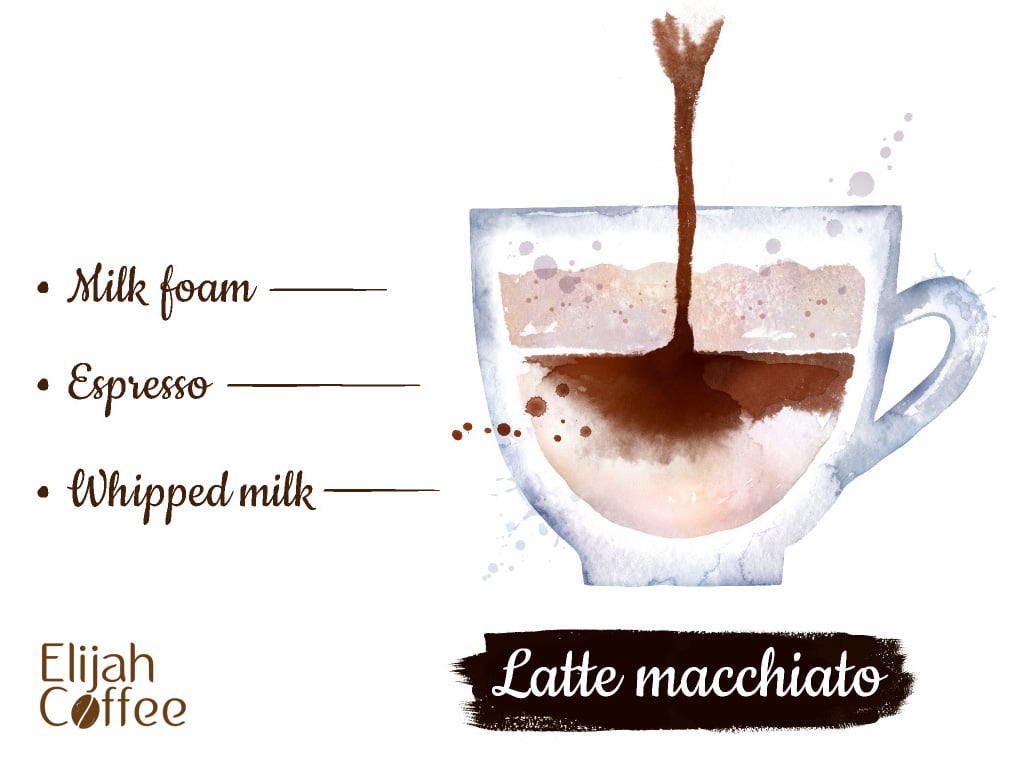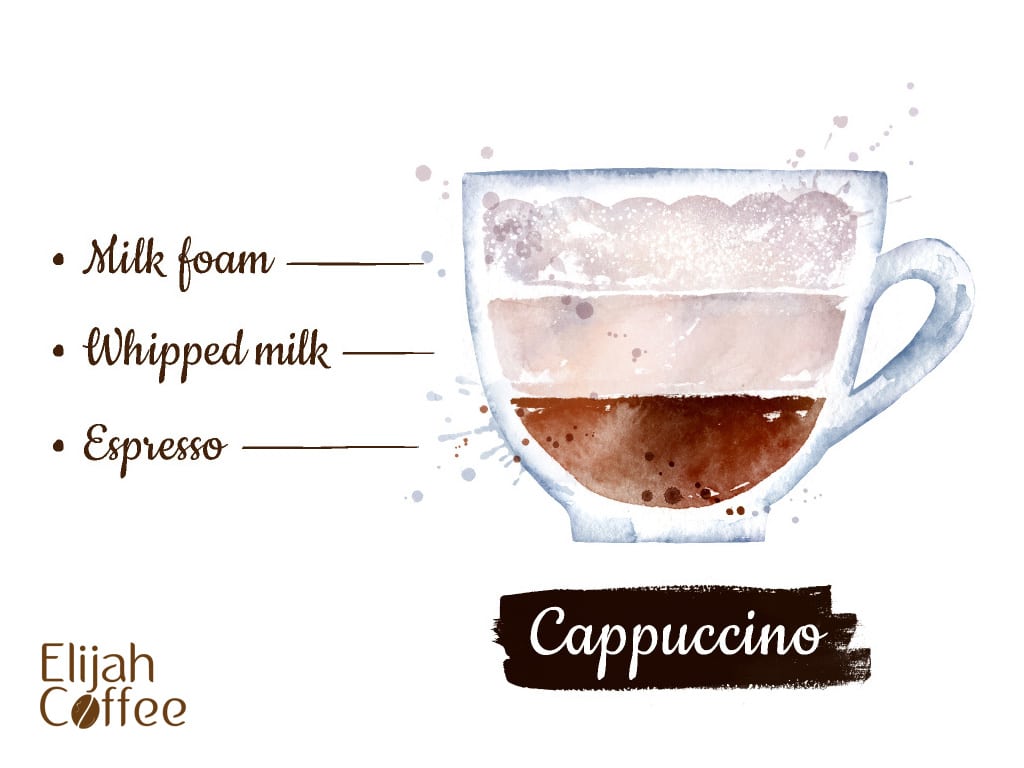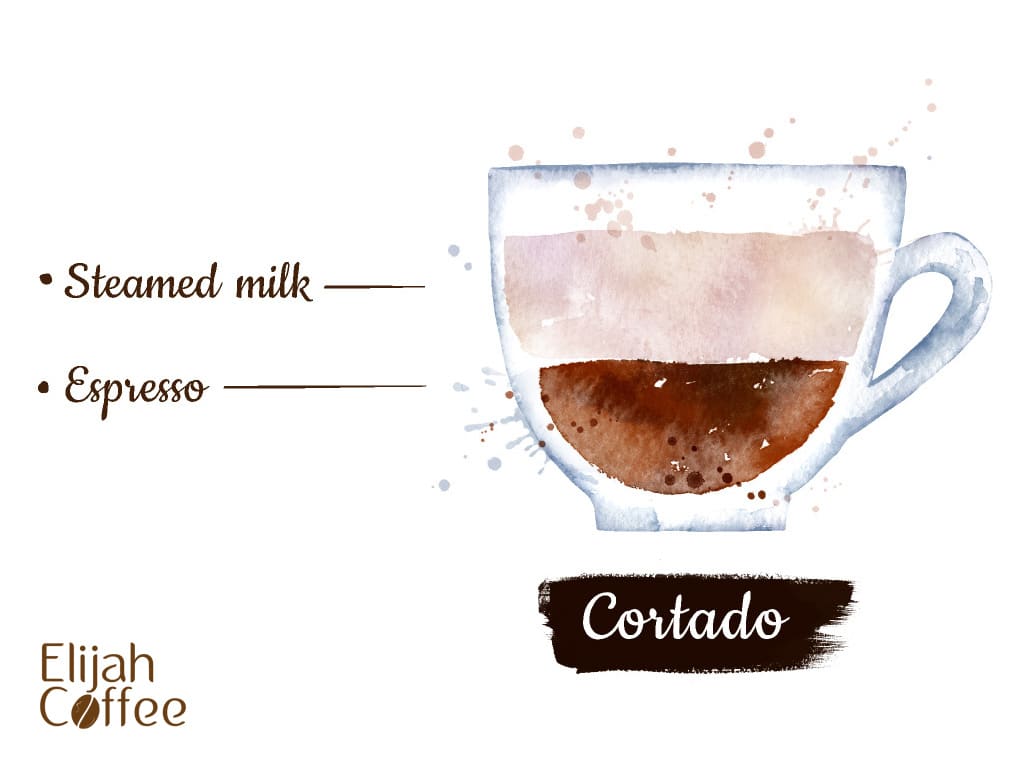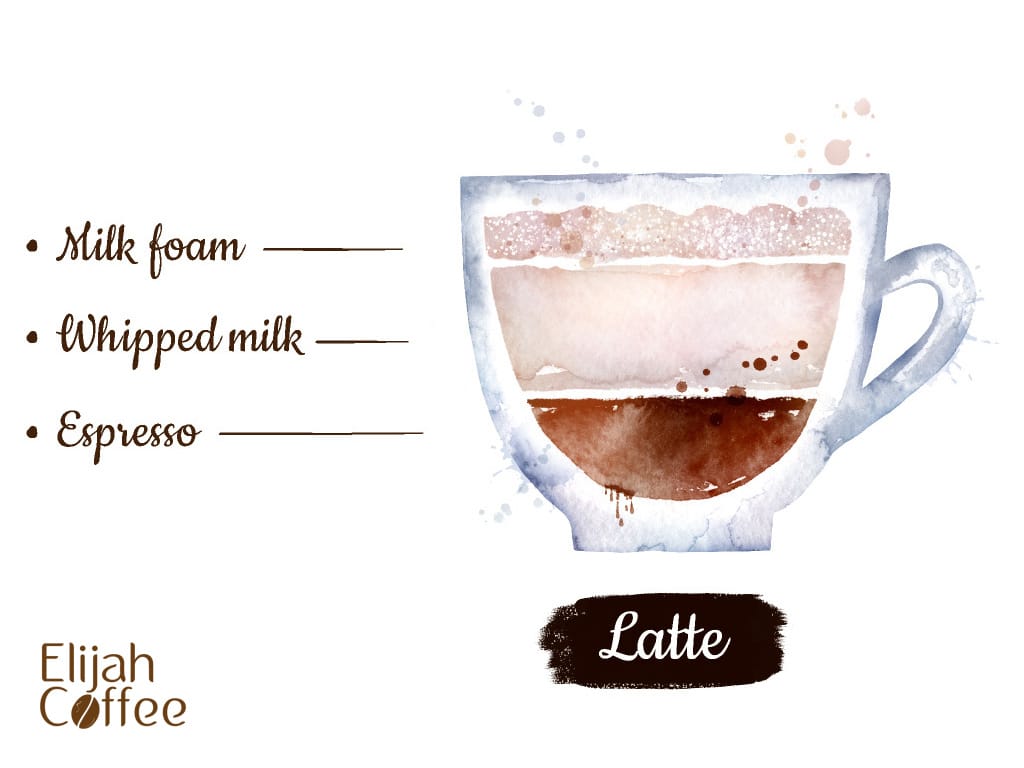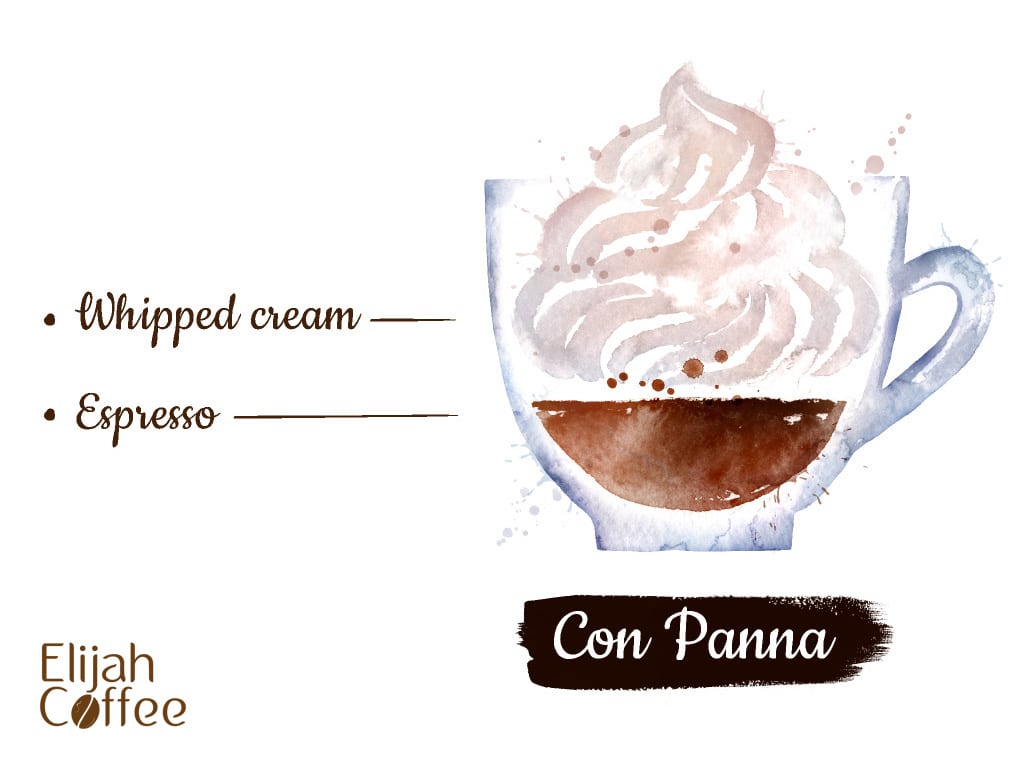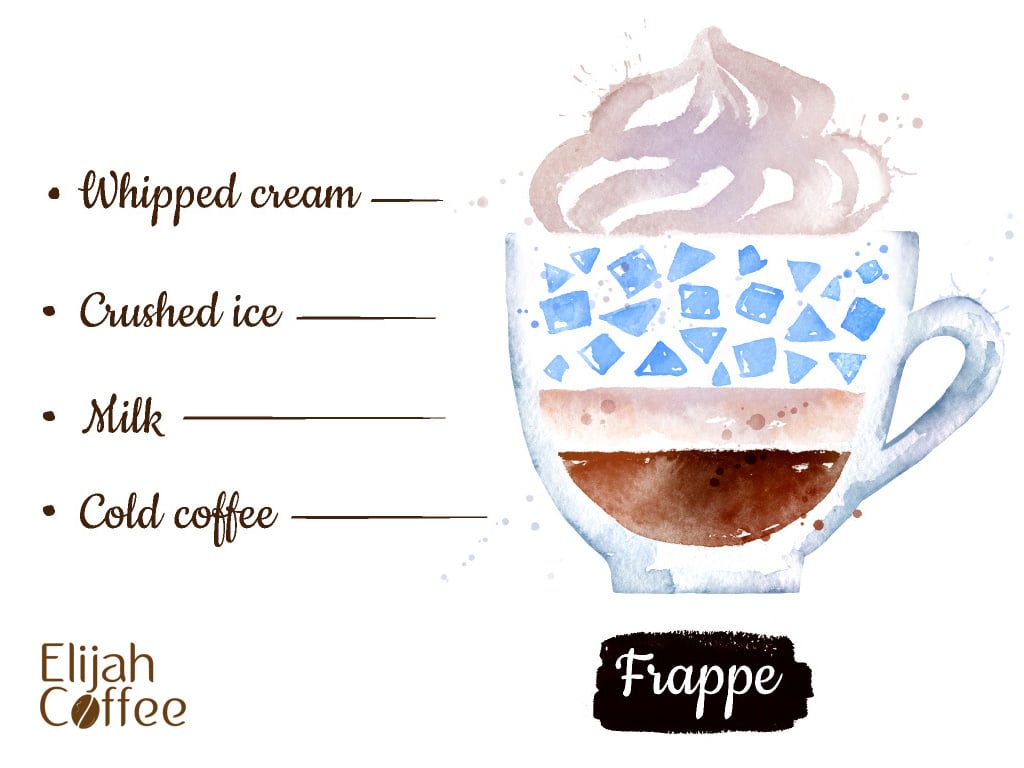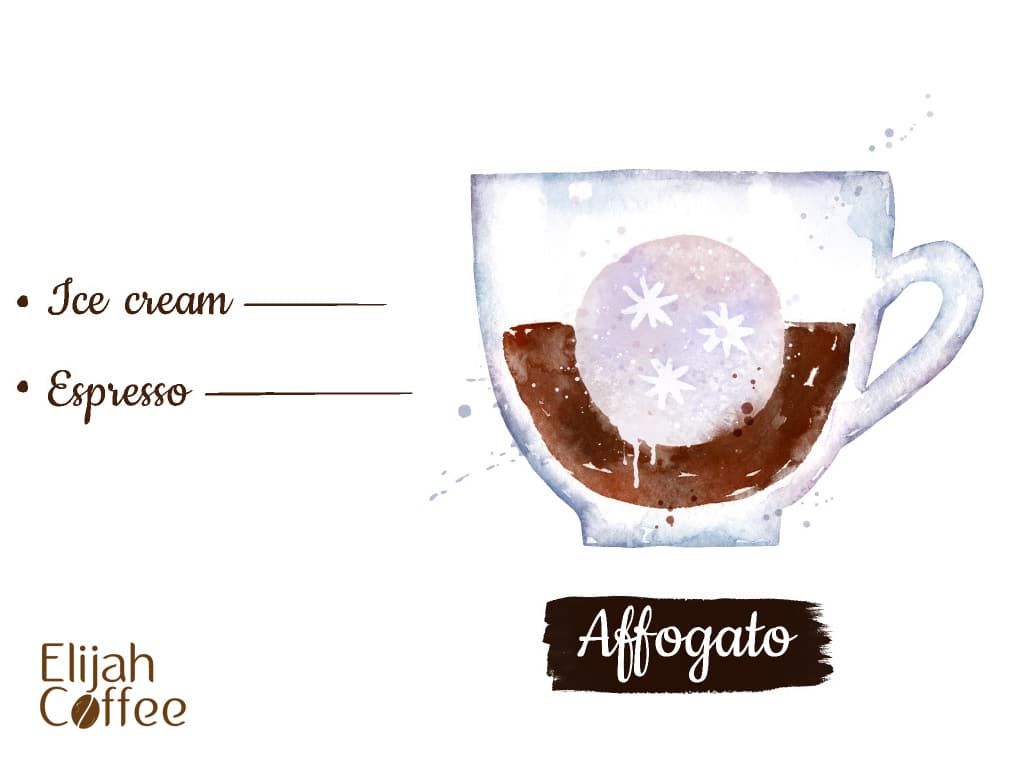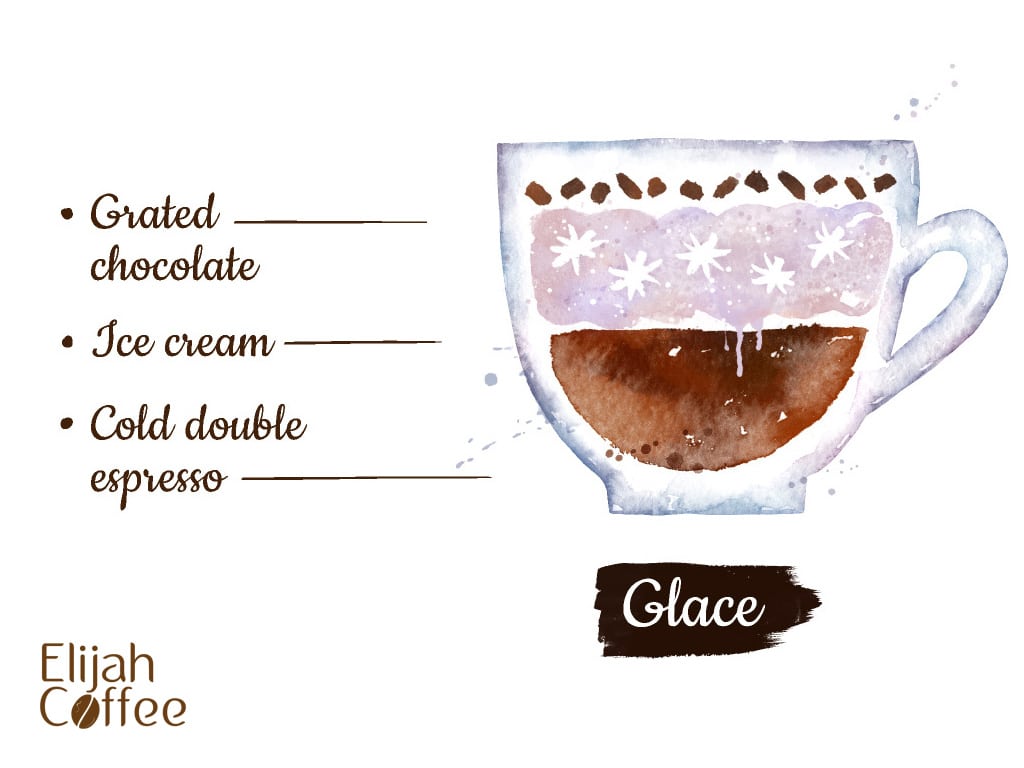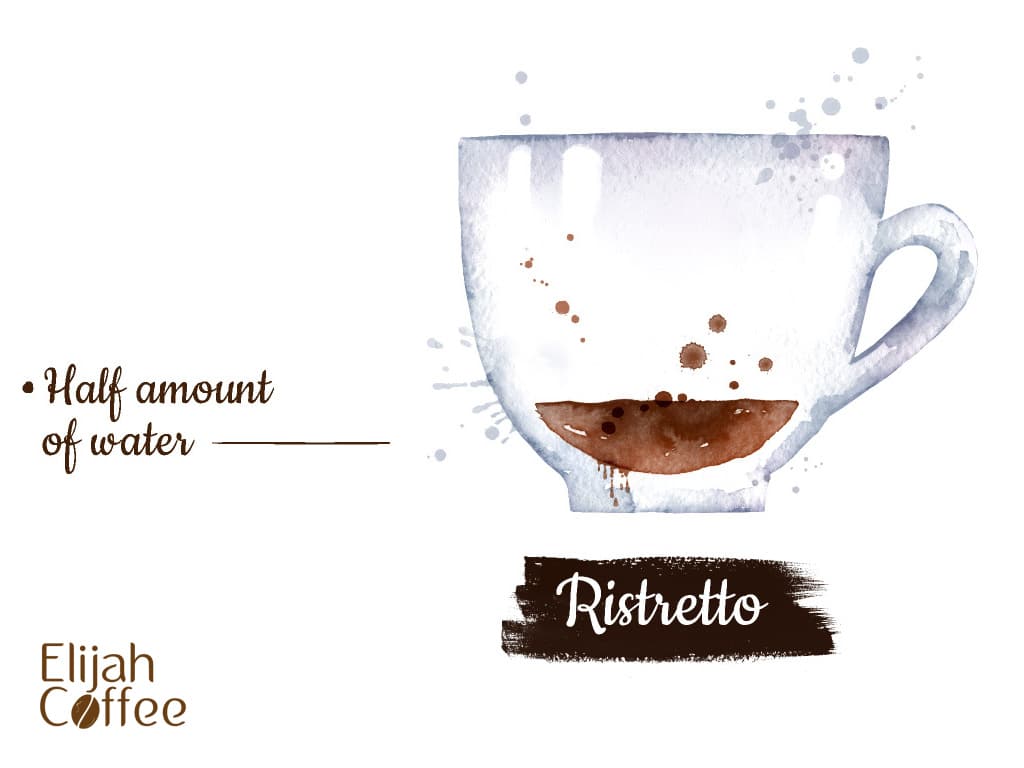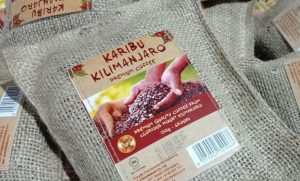Matson Chagulilo is not your typical Lushoto coffee guy. He was born in Bagamoyo, a town known for its many arts projects- tribal painting, sculpture, music- and home to the Tasuba college of arts.
He is first and foremost an artist. Who simply fell in love with coffee.
From Bagamoyo Art to Lushoto coffee
Bagamoyo was actually where I first heard about Matson. I was having the best cup of coffee I’ve ever had in Tanzania in the lovely Poa poa café in Bagamoyo’s stone town. One day I thought to ask where they were getting this amazing coffee from, and they told me about Matson.
His art took him all over Tanzania. When he arrived in Lushoto for the first time he loved the place so much he knew he will come back one day. And he did. Trying to settle down, he started working at Tupande Usambara coffee corner, and well, fell in love with coffee. Can you blame him?
Usambara mountains
Lushoto town is the business center of the Usambara mountains in north east Tanzania. The mountains are breathtakingly beautiful. Green, abundant with waterfalls, and dotted with villages of the Sambaa tribe. Mostly farmers, the Sambaa come to town to sell their produce.
The German colonialists introduced coffee as a cash crop into Tanzania. The high elevation of the Usambara mountains presents ideal conditions for Arabica coffee, and Lushoto was surrounded by Arabica coffee farms.
Unfortunately, since independence, despite the young government’s high aspirations, the coffee market has slowly declined, and the coffee farms were no longer profitable.
Art and coffee
Art and coffee
At Tupande coffee corner Matson accumulated knowledge and expertise regarding coffee- from planting to serving that cup of wonderful Arabica coffee.
With three more partners, he decided to build Asante Café. There, Matson truly combined his two passions- art and coffee. Asante Café is built in the traditional African way with thatched roof. The furniture is made of natural materials, and all the coffee products are hand wrapped and decorated by him. He put his creativity to work and the outcome is a beautiful cozy and welcoming coffee house. With great coffee of course!
Asante
Asante means thank you in the Swahili language. I thought the name suits the coffee house nicely. Especially because the of the social initiative that stands behind it. Picking up where Tupande left off, Matson and his partners work with family farms in Kwembago village just outside of Lushoto town.
Putting to use his knowledge about quality coffee, he is helping the farmers realize the profit that is there to be made. Actually, showing the them why they should keep the coffee bushes in the first place. You see, due to the low prices they were getting for the coffee beans, a lot of farmers pulled out the coffee bushes to make space for vegatables they can sell in the market for a better price, or cook for their families.
Everything is social
Matson took it upon himself to teach them how to properly handle the coffee bushes, how to dry the green beans so they will last, and what’s the best way to roast the beans. In other words, how to produce high quality organic Arabica coffee beans ready for sale. And then, he buys it from them. For Asante café and for other coffee houses, just like Poa poa café where I first tasted the coffee coming from these Usambara family farms… Organic, handpicked, sweet Arabica coffee. Can it get any better?
Matson says everything is social. Yes, it’s business we’re talking about here. But you can think how to achieve more than one goal in the process. Two farms are owned by old ladies. Cultivating coffee is less physical than other cultivations and will yield better profit.
this is a win-win situation the African way. How can I profit and make my community better in the process?
So are Arabica coffee beans red green or brown?
Yes yes and yes. Arabica coffee berries turn from green to red when ripe. After the harvest, the red shell is pilled leaving green hard beans. Dried properly in the sun, the green beans will last a long time in excellent quality. This is actually the recommended way to keep the beans until right before they are used. Then the beans are pounded out of their second peal, and roasted, achieving their familiar brown color. Some are sold roasted and some grounded, depending on customer preferences. If you are not planning on using your coffee soon, it’s always better to buy the roasted beans.
From farm to cup- the traditional way
Taking a trip to Kwembago village we went up the mountain to visit one of the farms Asante Café is working with. This is Kassim’s farm- a young Sambaa man who inherited the Arabica coffee farm from his late grandfather and is now working closely with Matson.
They shared with me the wisdom and benefits of the traditional way to grow and process Arabica coffee.
-
Firstly, growing organic coffee isn’t a thing around the Usambara mountains. That’s just how it’s done in these small traditional farms…
-
Then, hand picking the berries, harvest is done in a few rounds, every time carefully picking the ripe red berries and leaving the green ones for the next round.
-
Removing the red pill, the green bean underneath it is ready to be dried. The green beans are put in the sun to dry naturally.
-
Only when it’s time to use the beans, the next stage takes place. with a mortar and pestle the dried green beans are pounded out of their second shell (the red one being the first). And next comes the chungu…
-
The chungu, a traditional clay pot, is put on the open fire to warm up. The clay pot is thick and takes longer to warm up and so keeps the beans from getting burned. Matson is taking his time in this slow roasting and makes sure he doesn’t stop stirring so the beans will not get burned. I wish I could make you smell those coffee beans on the fire…
-
Saying our goodbyes to Kassim and going down the beautiful road back to Lushoto town, we arrived back at Asante Café. It was about time for that cup of coffee!
-
For grinding the roasted beans, Matson uses a manual coffee grinder. He says the electric one tends to warm up and burn the beans a bit, leaving a bitter flavor. He loves the Arabica coffee, and after all, that’s why so many people love it. The Arabica coffee is sweeter than the somewhat bitter Robusta coffee.
-
-It’s time to brew the ground coffee. The coffee house is filled with that wonderful aroma that every coffee lover loves.
How I enjoyed that cup of coffee…

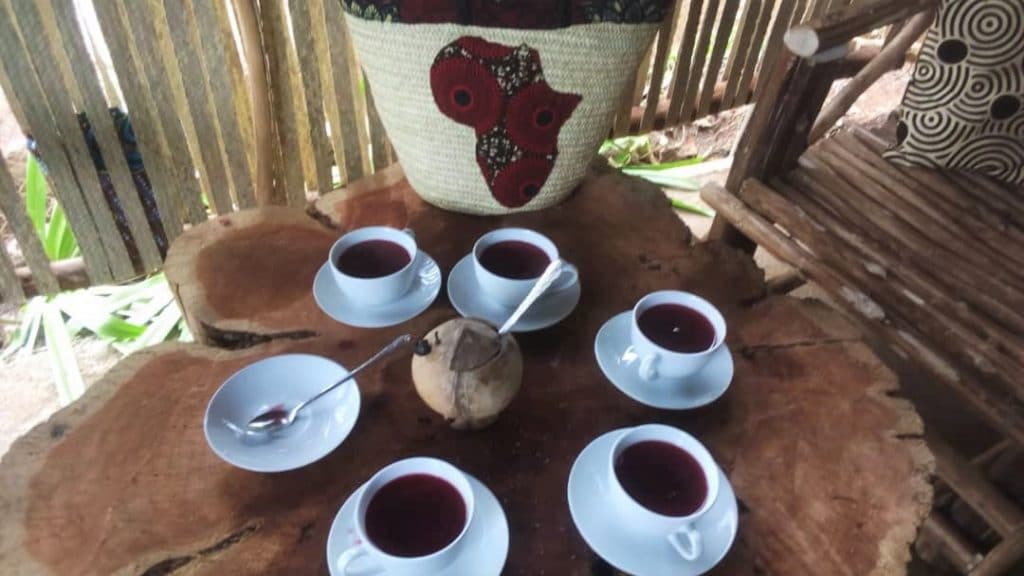
Everything’s social in Africa. Coffee art and community combined, and we get to have a delicious cup of organic Arabica coffee. Definitely a win all around…
Travelling to Tanzania?
Visit Asante café in Lushoto town, and schedule a tour to the coffee farms with Matson.
Contact him on Facebook.
And where ever you are in the world
Follow Ella’s blog The Wandering Goddess.








